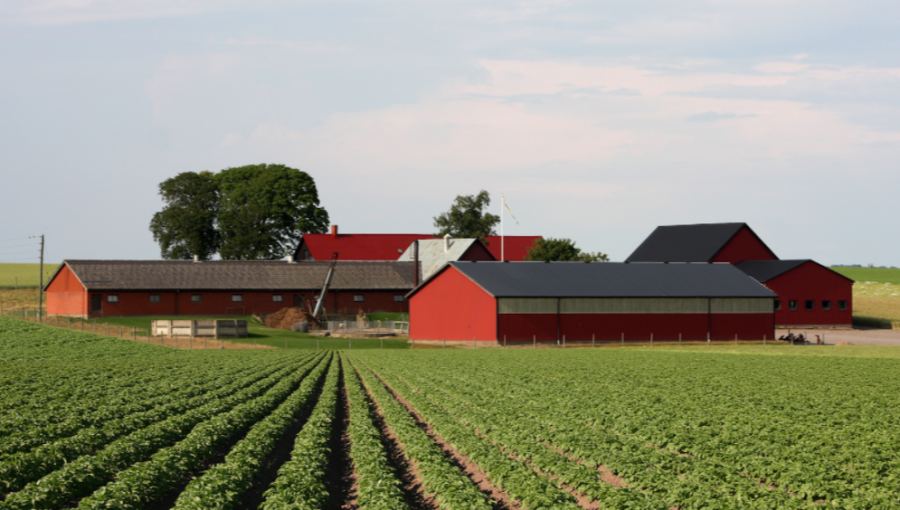Agriculture and the Effects of Climate Change
Climate change-related issues are already creating problems for the farming industry.
February 14, 2022
As global temperatures are rising and the patterns of the environment are being disrupted, the agricultural and livestock industries are being distressed.
The ever-growing global population fuels the vicious cycle of unsustainable agriculture and livestock, further increasing the effects of climate change. To help reduce greenhouse gas emissions from the agricultural industry, it is important to buy local, which is a much more sustainable option to buying from big agricultural industries.
Climate change’s implications carry over to water supply and quality of crops, as well as both land and water temperatures. Due to greenhouse gasses being released, blocking the transmission of heat trying to escape the atmosphere, the global climate has alarmingly impacted food and water security.
The climate crisis has been shown to reduce agricultural productivity in many areas of the industry. For example, increased CO2 has been attributed to reduced protein and nitrogen content in alfalfa and soybean plants, resulting in less quality in the plants and therefore not supporting the nutritional needs of livestock.
Droughts pose threats to many resources, including pasture and feed supplies as well as reduced fertility and production of milk from cows.
Fisheries are finding the life cycle and migration patterns of fish being disrupted as well as the reduction in population numbers as a result of the rising water temperatures and Ph levels. Disease outbreaks have been linked to the rising ocean temperatures, further threatening fish and reef populations.
In agriculture, crop production will fall if the increased temperature exceeds the crop’s optimal temperature. According to the United States Environmental Protection Agency, “Extreme events, especially floods and droughts, can harm crops and reduce yields. For example, in 2010 and 2012, high nighttime temperatures affected corn yields across the U.S. Corn Belt, and premature budding due to a warm winter caused $220 million in losses of Michigan cherries in 2012.”
Irregular precipitation levels are a major factor in agricultural productivity. Less than regular precipitation shows to have a large decrease in irrigation, however, above-average precipitation results in increased weeds, pests, and pests on crops.
These shifts in our world will greatly affect farmers as well as consumers. Prices will increase due to stressful conditions, people who rely on farming may be unable to afford meals, and farmers may face losing their farms as well.
Areas that are already experiencing droughts will fall victim to even further reduced precipitation, and coastal areas will be subject to ruin by rising sea levels. Many people will have to move in order to survive and the food production industries will have to rethink their strategies.
Buying locally has been found to be an effective way to promote local farms, and not encourage unsustainable agricultural industries, which also require delivery services and the further exertion of emissions. Imported food in the store frequently travels thousands of miles, via lengthy truck and aircraft journeys. This results in tremendous fuel consumption and pollution, adding further to climate change. Purchasing local food, on the other hand, cuts down on emissions and is much more sustainable. Overall, by purchasing local produce and items, we may greatly minimize greenhouse gas emissions.
The implications of climate change vary from place to place, however, the objective remains true that this growing crisis will negatively impact food production and security. Purchasing locally can aid the fight against climate change.












